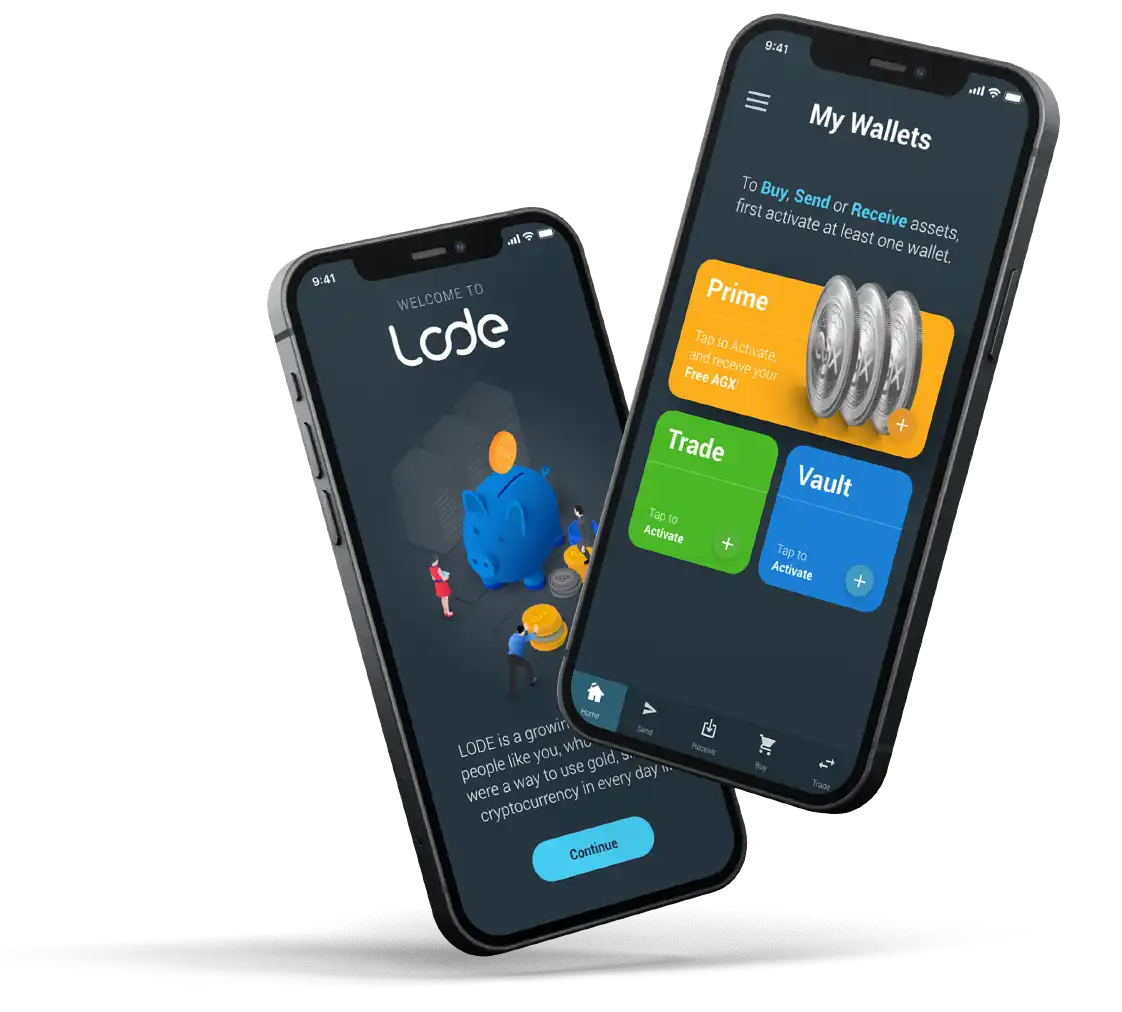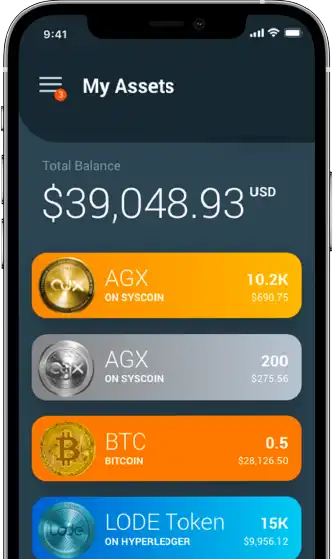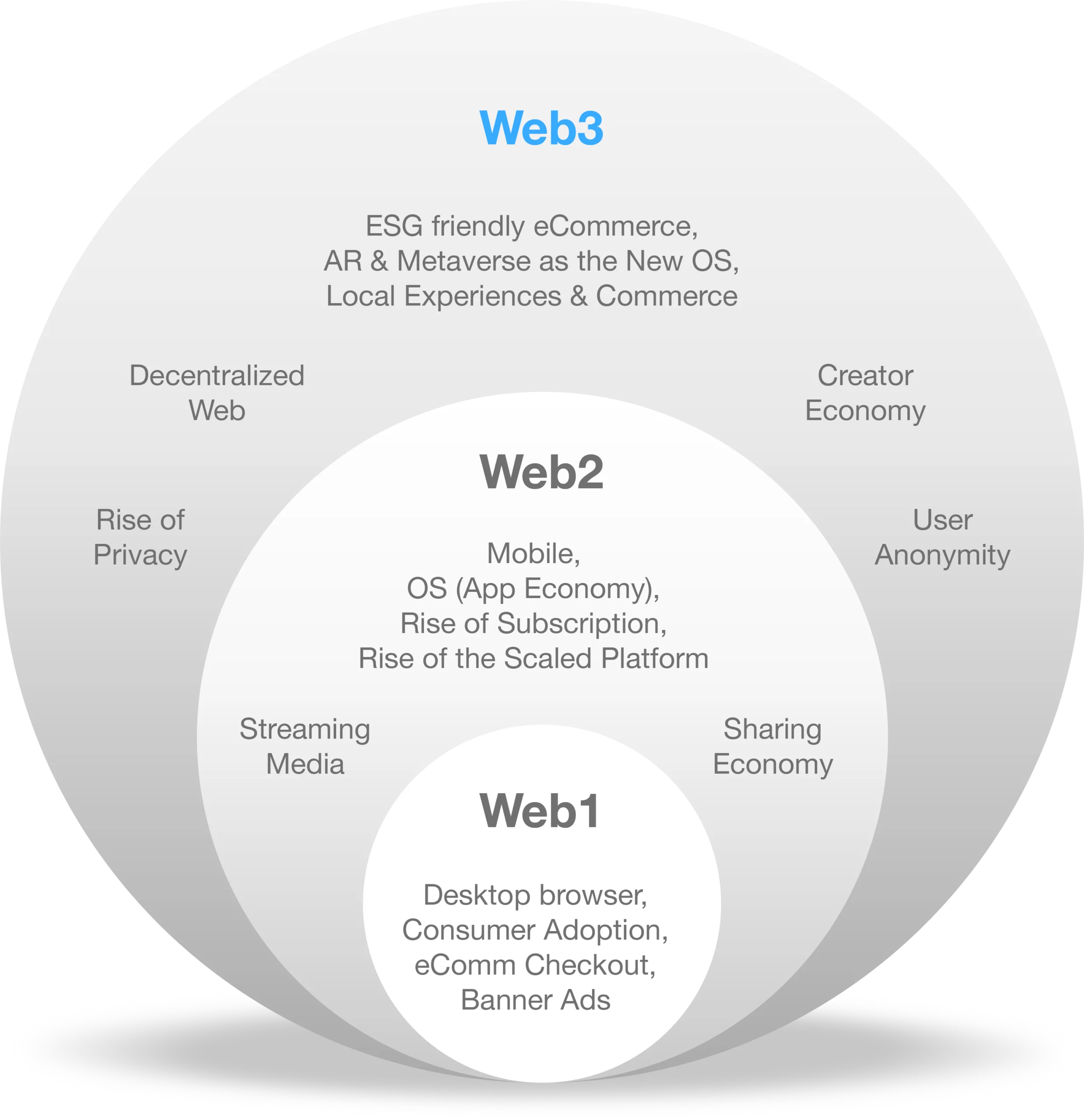Web3 and the
future of LODE
Consider Web3 to be an executable Magna Carta –
“the foundation of the freedom of the individual against the arbitrary authority of the despot.” – Gavin Wood
So what actually is Web3?
The Web has evolved a lot over the years, and the applications of it today are almost unrecognizable from its most early days. The evolution of the Web is often partitioned into three separate stages:

Web 3

Web 2



Web 1


There are a few fundamental differences between Web2 and Web3, but decentralization is at its core.
Web3 enhances the internet as we know it today with a few other added characteristics
Verifiable
Permissionless
Decentralized
Trustless
Distributed & Robust
Native Payments
Self-Governing
Stateful
More Truth
How Web3 works.
The technology at the core of Web3 is blockchain, the same technology which underpins cryptocurrencies and NFTs. As such, in some circles, Web3 has become synonymous with everything crypto. You will occasionally see it referenced as a catch-all for anything to do with Bitcoin and the like. Many Web3 projects are decentralized apps (dApps) that run on the Ethereum blockchain.

The Technology at the Core of
Web3 is Blockchain.

Decentralized Storage
The idea is that data would be kept in decentralized storage, spread out over the internet as a whole rather than in a set amount of server farms as is the case now. How this data is moved about would be registered in a digital ledger – the blockchain – making the flow of data very transparent, while also preventing misuse.
Benefits if decentralization & A.I.
Decentralization would be a boon for many people, as you could more easily access the internet from anywhere, perhaps opening up the Web to the on third of the world population that has never used the internet. At the same time, the promise that artificial intelligence would limit abuse of the system by bots and click farms.

